Last Updated on November 15, 2023 by Linda Richard
The heat, is a normal period of the female dog’s sexual cycle, a normal physiological process during which the dog is ready to mate and fertilize. Watching your female lab deal with heat for the first time and get ready to mate can be very stressful, so – how long do labs stay in heat and how can you best meet that challenge? Is this something that you even have to let your Labrador go through? Even if you plan on spaying her eventually? Let’s discuss this below.
Table of Contents
Exactly How Long are Labs in Heat?
So, how long do dog is in heat? Usually, somewhere between 3 and 4 weeks at a time. She won’t ovulate the whole time, however – that part usually lasts somewhere between 10 and 14 days. This is easy to notice as the color of her discharge will change from pink to colorless while she ovulates.
As for how long do dog is in heat stages – mainly the proestrus and oestrus stages – that depends on the dog. We’ll cover those in more detail in a bit. We will also look at the basic concepts and the whole structure of this process.
What is a Dog’s Heat?
The heat, or Estrus in scientific terms, is a period of the female dogs sexual cycle, a normal physiological process during which the female dog is ready to mate and fertilize. This is the period when you can breed your dog if you want puppies, or alternatively, take extra precautions to avoid unscheduled mating.
Labrador’s heat cycle is accompanied by discharge from the vulva. This is caused by a change in the hormonal background to prepare the body for conception. The discharge is dark, bloody in color and of varying intensity depending on the heat cycle. It can be insignificant, little noticeable and abundant. Sometimes accompanied by an odor, but not too intense. If you notice that the discharge is strong and unpleasant smelling, it is worth showing the animal to a veterinarian. Near the end of the labrador heat cycle, the discharge becomes lighter and then stops.
There is such a concept as “false heat”. It is accompanied by discharge, but ovulation (maturation of the ovum) does not occur. In this case, fertilization does not occur during mating. False heat can be recognized by its abrupt termination, by the swelling of the mammary glands, by the behavior of the dog (“adopts”, tucks under himself soft toys, eats more than usual, whines).
Such single manifestations are normal, so you should not worry about the health of the animal. But if false Estrus is repeated regularly, it is worth showing the animal to a veterinarian.
There is also a hidden heat – the opposite of false. There is no discharge, but ovulation occurs. If mating occurs during this period, the animal will become pregnant. Understand that the animal has hidden Estrus, you can by changes in its behavior. Below we will tell you what signs give away the beginning of sexual life.
If you have suspicions that your female dog may have a hidden heat, it is worth showing the animal to a veterinarian. The danger of this manifestation is not only in unwanted pregnancy. Sometimes hidden heat is a signal that the thyroid gland is disturbed. Then the help of a doctor will be required.
How often labs go into heat and at what age they first go into heat, these are the questions we will explore next.

First Heat Cycle Labrador Retrievers
At what age does the female labrador retriever have its first heat cycle? Let’s understand this issue in more detail.
The first heat most female dogs begins between six months of age and eighteen months of age. This can depend on the breed and size of the dog. Small breeds tend to go into heat cycle begins earlier, at six months of age and nine months of age. In medium and large dog, such as the Labrador Retriever, the heat is closer to a year, and sometimes after a year. Unsterilized female Labradors may have their first heat as early as about 6 months of age. However, the average is usually somewhere between the 9th and 12th months. Before, don’t be surprised if already in the 6th-7th month of life female Labs start to attract the attention of male dogs around her. Her first heat season will typically be of a standard length too. If your dog has no heat before 1.5 years of age, do not be alarmed, this is also a variant of the norm, some dogs have their first heat closer to 2 years of age. If the heat has not started even after this time, it is worth contacting your vet. It is possible that the animal has some hormonal disorders or pathology of development of reproductive organs. In such a case, it is necessary to consult a reproductologist.
What Are The Main Signs That Labradors go Into Heat?
Some of the main signs to look out for to know that your Labs go into heat include:
- Swelling and fluffiness of the vulva
- Change of the discharge’s color
- Bleeding
- Increased licking and cleaning
You can also test if your lab is in heat by wiping a piece of cotton or tissue over the dog’s vulva and see if there’s a bit of pinkish staining on it.

How Long Do Labs Stay In Heat – A Breakdown Of Each Component Of Their Cycle
A female dog’s heat cycle is the key period when her body is ready to reproduce. Hormones are typically raging through her like crazy but also – in very particular patterns. There are just a few notable periods that make up every heat cycle.
What Are The Different Components Of A Lab’s Heat Cycle?
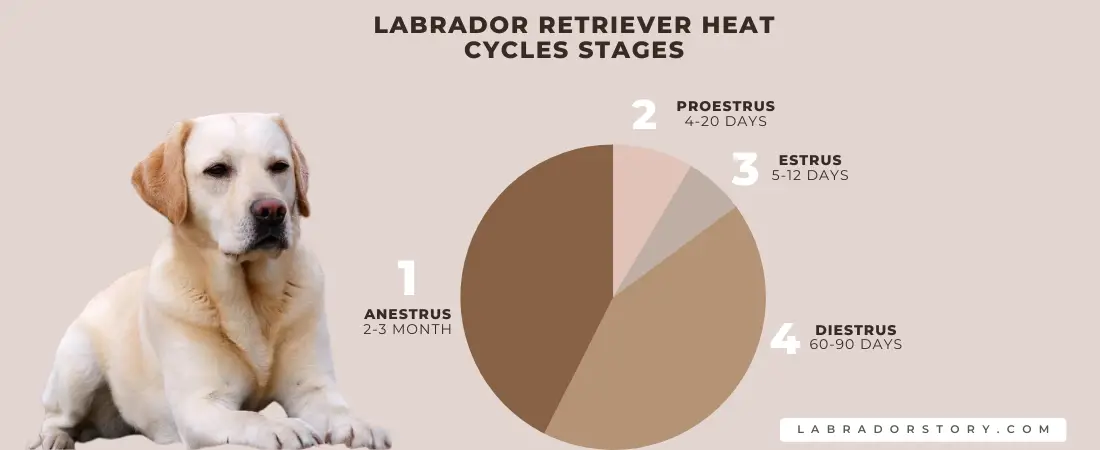
These four parts of every heat cycle include:
- Anestrus. This isn’t technically a part of your female lab’s heat – it’s the exact opposite of it. The anoestrus period is when your dog is not in heat which will be most of the time. A female dog cannot get pregnant during her anoestrus period and she isn’t “attractive” to male dogs either. This stage of the heat is the longest and lasts 2 – 3 months.
- Proestrus. This is the first part of your dog’s heat period. This is when your dog’s uterus or womb starts “preparing” for pregnancy. The vulva also starts swelling during the proestrus and the dog will start bleeding. During proestrus, your female lab will start being attractive to male dogs but she will almost certainly still be unwilling to do anything with them. The proestrus will usually last somewhere between 4 and 20 days.
- Estrus. The second key part of the heat cycle is when your female lab becomes fertile. The oestrus starts right after the proestrus, after about 5 to 12 days. This period lasts until the end of the whole heat period and your lab will likely be willing to mate with male dogs every chance she gets. In fact, it’s entirely possible that your lab will even try escaping your home if she has the chance just so she can find a male to “play” with.
- Diestrus. Like the anoestrus period, this isn’t technically a part of the dog’s heat cycle – it’s what follows after it. In other words, this is when your dog will go into pregnancy and whelping. Most dog owners try to avoid that part, however, so we’ll leave it for another article.
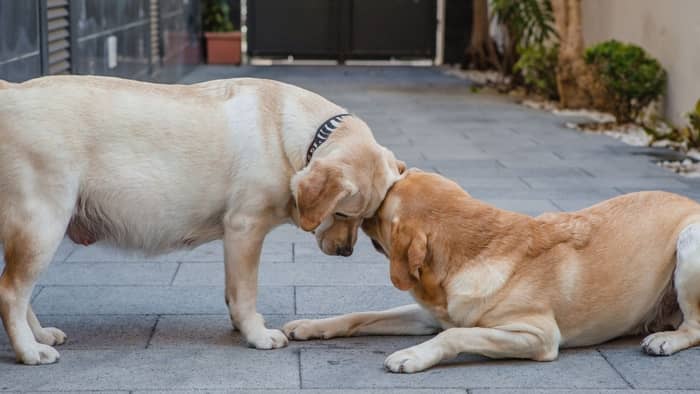
Read more about: Champagne Lab vs Yellow Lab Differences You Need To Know
Do keep in mind, however, that even if you’ve kept your lab from getting pregnant, false pregnancies are also possible. These are called pyometra and about a quarter of dogs go through something like this. The good news is that young dogs are much less likely to experience pyometra.
How Often Does A Female Labs Go Into Heat?
How often do labs go into heat? Typically, a lab will go in heat twice a year – about every six months. This isn’t seasonal either – it depends on when your lab had her first and what’s her overall cycle.
Also, keep in mind that there are a lot of variations here between different labs. Some have their heat only once a year or every 12 months. It’s also normal for a lab to get her heat every 8 to 10 months. This can make the calculations on your part a bit more complicated but it’s still in the range of what’s normal.
Nevertheless, it is a good idea to talk with your vet about your lab’s heat if it’s not at 6-month intervals – just to be safe.
Labrador Retriever Heat Cycle – How it Manifests Itself in Your Dog’s Behavior and Condition
General condition and behavior. Some pets become very friendly and affectionate, others become nervous and depressed: whining, howling, wary of others. Also dog is in heat during heat can be aggressive, show anger and impatience to the owners, other animals. It is important to be attentive to the pet, know his character and be ready for quirks. Atypical manifestations of character will stop as the hormonal background is restored.
Appetite. Female Labradors become picky eaters, eating less than before or may refuse food altogether. This happens because the whole body is set for the period of estrus to conceive and bear offspring. There is no need to worry and force your dog to eat. When the active phase of estrus is over, his appetite will return to normal.
Body temperature. Normal values during the resting period are between 37.40 and 39.10 °C. In heat, the temperature may rise by 0.5 °C. If it is significantly higher, you should contact your veterinarian. Excessive rise in body temperature will be indicated by the pet’s behavior: he will refuse to eat and play, constantly sleep, avoid sunlight and hide in secluded places.
Urination. During heat, estrogens are intensively produced in the animal’s body. This affects the work of the bladder: the innervation of its sphincter is reduced. Simply put, the dog has difficulty controlling urination and may involuntarily emit urine. It is worth to treat this with understanding and patience and not to punish the pet if he accidentally goes to the toilet at home. Incontinence will cease when estrus is over and the hormones stabilize.
Pain. Some owners worry that dogs during heat, like menstruating women, may have stomach pain. The fear is caused by the fact that pets whine, behave apathetically, lethargic. In this matter, the opinions of experts differ, and there is no confirmation that dogs can have painful sensations. But if you notice that your pet whines precisely because of touching the abdomen, it is worth contacting a veterinarian.
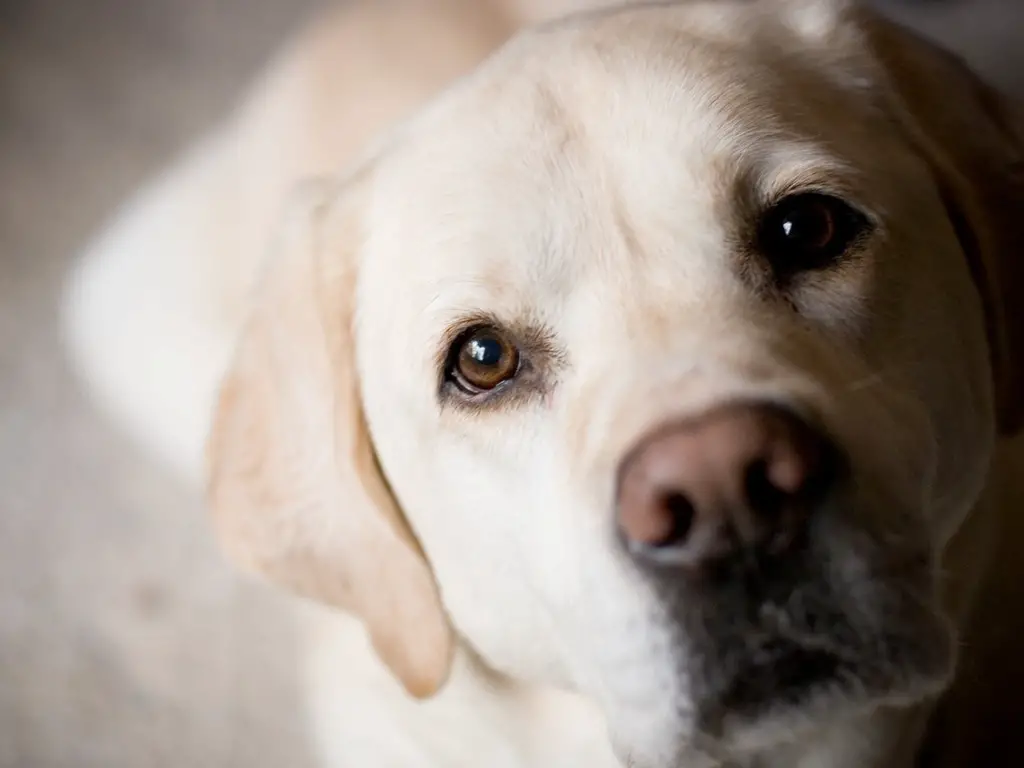
How can Dogs and Owners Comfortably Survive the Heat Cycle?
- Be attentive to the animal and take into account its mood: if the female dog wants to be alone instead of learning another command, give her this opportunity.
- Many owners are concerned that the discharge during estrus contaminates the apartment. That’s why you should train your female dog to make you and her feel comfortable, because the “place” command is the basis of mutual respect. If the bitch is trained and knows her place on the bed, the sofas will not be damaged, and the carpets in the apartment can be rolled up for a while.
You can buy special underpants for female labs, but they do not allow the dog to groom itself, lick itself, which can cause inflammation, so try to use them only when it is really necessary.
- For comfortable walks during estrus, it is recommended
– walk where there are fewer other dogs, especially male dogs;
– do not approach other dogs alone and ask them not to approach you. This rule will help avoid unwanted mating and injuries;
– never let your dog off the leash during heat;
– do not allow your Labrador is in heat to swim in open water, sit on cold ground or in mud, or run through puddles during estrus. At this time, the vulva is open and an infection can easily get into it. - Be calm about the situation: heat is a natural process that will not last long. Even if your Labrador in heat has changed beyond recognition and the changes are frightening, don’t worry, the heat will end and the dog will return to the way it was before.
Should You Track Your Dog’s Heat Cycle?
It’s generally smart to track your lab’s heat – Understanding when Labradors go into heat will help you plan vacations and other activities related to it. Or, at the very least, you can be ready to help your lab feel as comfortable as possible during her heat.
Should You Wait For At Least One Heat Season If You’ve Decided To Spay Your Female Lab?
A lot of vets recommend that you wait for your dog to have her first heat before spaying her. Strictly speaking, this isn’t really necessary, however, it makes it easier to time the spaying.
That’s because it’s important that you spay your dog mid-cycle, meaning between her heat periods or during her anoestrus. Spaying a dog as she’s having her heat is a bad idea which is why it’s easy to just way for the first heat to come and go.
Even if you are planning to breed, the first heat cycle is not a reason to look for a mating partner. Sexual and physiological maturity do not occur simultaneously in dogs. Before the first heat, most females are not physically developed enough to carry and give birth to healthy babies without harming their health. Female dogs are usually ready to mate as early as their first heat, but do not give birth until their 3rd heat.
Read more about: When Is A Lab Full Grown and How Quickly Will Your Pup Turn Into A Dog?
Is It A Good Idea To Leave A Female Labrador Unspayed Even If You Don’t Want To Breed Her?
Most experts recommend spaying as the best thing you can do for your female dog if you don’t want to breed her. There are many reasons for this:
- Prevents the risk of an accidental litter
- Prevents the risk of pyometra
- Reduces the risk of stray dogs should your dog escapes unspayed
- Reduces the risk of ovarian cancer
- Increases the expected lifespan of the dog
- Prevents the risk of escape during heat
So, Should You Spay Your Female Labrador?
In our opinion – definitely yes. Waiting for the first heat is not a bad idea as it can make timing the spaying even easier. But, unless you’re 100% sure you want to breed your dog, spaying her is just the smartest course of action.
Conclusion
How often labs go into heat and at what age they first go into heat, what are Labrador heat cycles, now you know the answers to these and many other questions!
A Labrador heat cycle should be perceived as an absolutely normal phenomenon. If you have decided to add a “girl” to your family, then her body features will become a part of your life. You brought the little one home, she eats, sleeps, plays well and soon begins to behave inappropriately – this may indicate the beginning of growing up, that is, the beginning of estrus.
Inadequacy can be defined as susceptibility, vulnerability, nervousness, lack of appetite, or excessive playfulness. In general, everything is like real women. Your task during this period of time is to help her survive it with dignity, not to spoil her nerves and prevent unwanted pregnancy.
The labrador retriever’s heat cycle is a normal physiological phenomenon in your female Labrador. You just need to prepare, familiarize yourself with the information, and the process will be easy for both you and your dog.
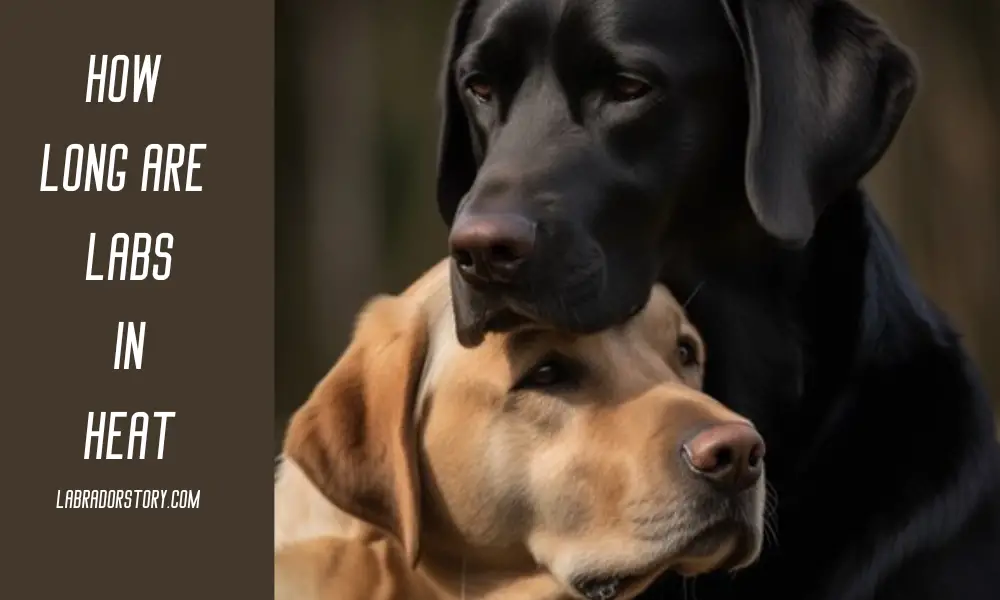
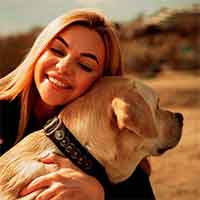

11 thoughts on “How Long are Labs in Heat and How Can You Best Meet That Challenge?”